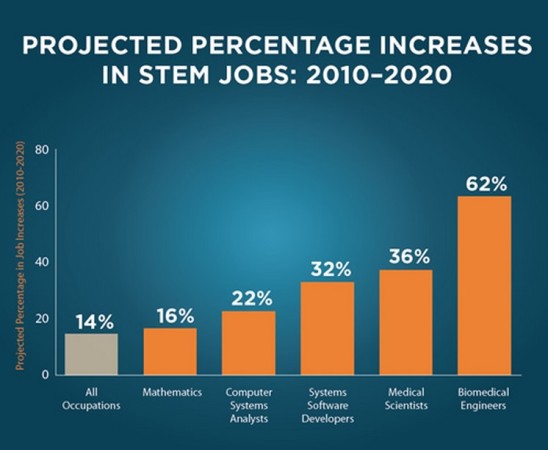The rising need for STEM skills
KinderLab Robotics is committed to making 15 years of research into child learning available to every young child. As hundreds of educators, teachers and parents have found out, KIBO does just that – children build a robot, program it, control it, and decorate it – all without a screen, PC, tablet, or smartphone.
We’ve previously written about why children should learn about programming and technology and shared Marina’s TEDx presentation of why coding is analogous to literacy and part of a life skillset. To paraphrase Marina’s views on literacy: “We don’t teach young children to write so that they will all become professional journalists and novelists. We teach them to write so they can create a shopping list, draft a business plan, share a love note.” By extension, we don’t want children to learn about technology so they all grow up to be programmers or work in technology.
Yet we are surrounded by technology in our everyday lives, and there is a need for children to be interested in STEM, and to break down barriers and attitudes by integrating technical skills with expressive arts, math, literacy and culture. Meanwhile the future requires an increasing number of STEM-related jobs in a broader range of roles. These stats from the U.S. Department of Education show the growing demand:
Also according to government figures, only 16 percent of American high school seniors are interested in a STEM-related career. According to the National Center for STEM Elementary Education, by fourth grade a third of children have negative interest in science. This lack of interest increases to almost half of children by eighth grade.
This is why encouraging children aged four to seven to have fun, explore and feel comfortable with coding, technology and developmentally-appropriate toys is important – not just to them, but to our economy and our future.




















